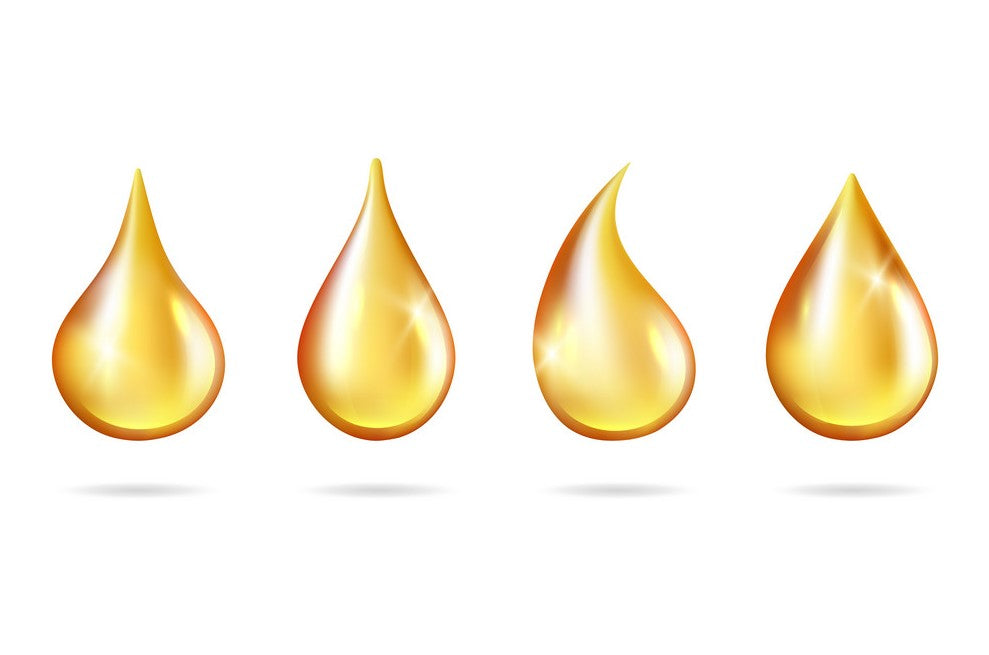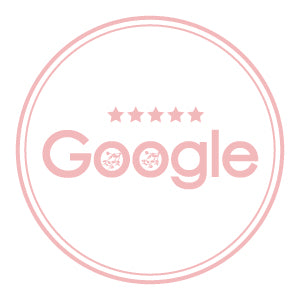What Is Dry Skin?
Dry skin, or xerosis, is an inherited or acquired skin condition, which can range from mild to severe. The mild cases may often go unnoticed, while severe cases may cause major discomfort associated with skin breakdowns, itching, and even skin infection.
Dry skin occurs as a result of lack of moisture in the outer layer of the skin, Stratum Corneum. The moisture content of well-hydrated skin is more than 10%. When skin is insufficiently hydrated, it stiffens and may become cracked, itchy, and inflamed.
SIGNS OF DRY SKIN
The most visible sign of dry skin is a dull skin complexion. Dry skin is often characterized by scaly and flaking appearance and rough and uneven texture.

The dullness is the result of the rough skin surface’s inability to retract light. Skin elasticity is also greatly reduced as a result of moisture loss; skin may feel less supple and pliable.
COMBINATION SKIN
Although people usually describe their skin as oily or dry, these two types of skin will often co-occur. While dry skin is caused by a lack of moisture in the Stratum Corneum, oily skin is the result of overactive sebaceous glands.

It is not uncommon for the same individual to have dry skin on some parts of the face and oily skin on others. Individuals with the most commonly combination skin type have dry skin on the cheeks and oily skin on the forehead, nose, and chin.
CAUSES OF DRY SKIN
Dry skin is caused by the decreased water content in the skin. Insufficient water levels in Stratum Corneum lead to abnormal skin shedding patterns resulting skin to appear rough and scaly. The condition often gets worse as the person ages.
A layer of lipids and epithelial substance make up the natural skin barrier, which prevents the evaporation of moisture from the skin. Damage to this skin barrier increases levels of water loss causing skin to exhibit unattractive symptoms associated with dry skin.
Harsh detergents, soap, foaming agents, hot water, frequents bathing, and fragranced bath products are among the many elements that impair skin’s ability to retain moisture by stripping its’ natural lipids.
Dry skin symptoms worsen as humidity in the air drops, which often occurs during the fall and winter months.PREVENTION AND TREATMENT OF DRY SKIN
Applying moisturizing skin products should be a routine daily procedure for individual suffering from dry skin symptoms. Effective moisturizers are formulated with nourishing lipids and humectants such as glycerine and lactic acid that work in combination to restore the natural skin barrier and prevent moisture loss from skin.
Resources:
https://www.medicinenet.com/dry_skin/article.htm
https://www.mayoclinic.org/diseases-conditions/dry-skin/symptoms-causes/syc-20353885
https://www.health.harvard.edu/staying-healthy/9-ways-to-banish-dry-skin








